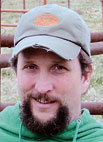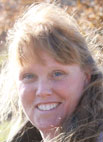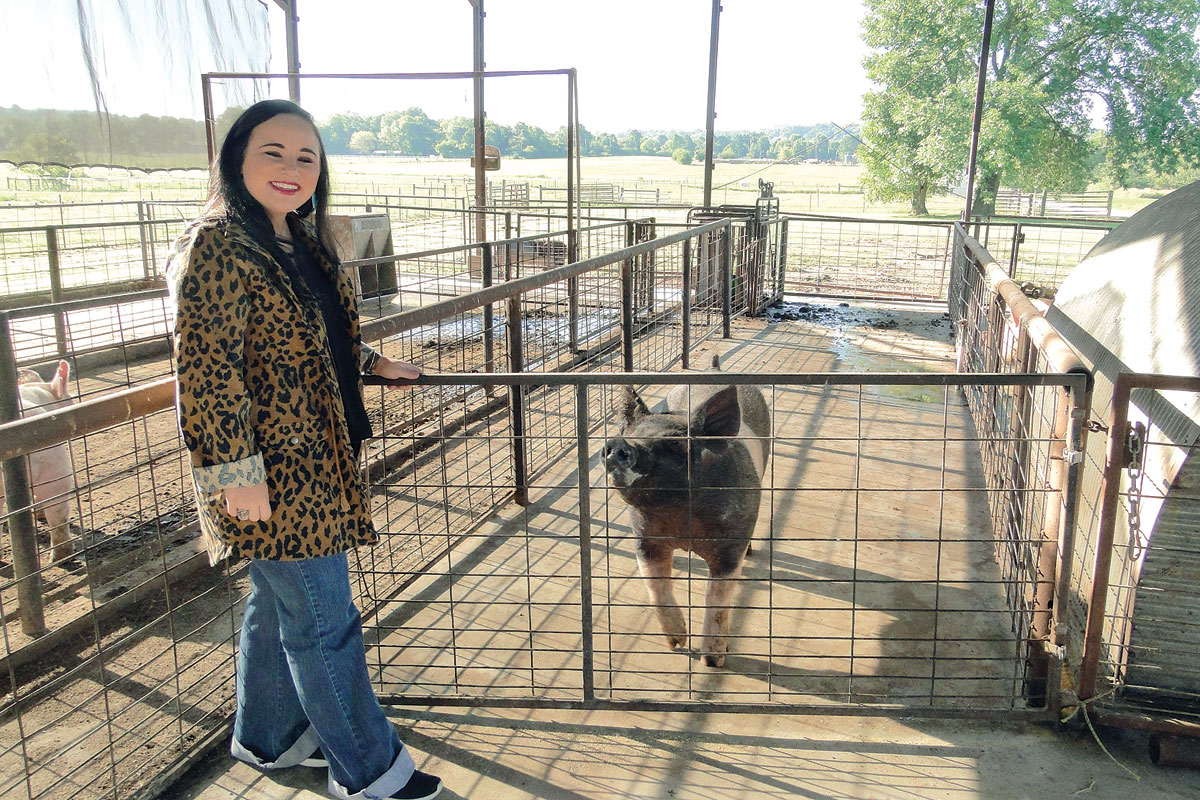 Greg Lemke of Gentry, Ark., always had a passion for cattle. However a hog hunting accident in 2007 followed by a layoff as a result of downsizing in Latco in Lincoln, Ark., fine-tuned the passion into a livelihood necessity. Greg found himself wheelchair-bound, out of work and unable to use his engineering design degree but not his intelligence and determination.
Greg Lemke of Gentry, Ark., always had a passion for cattle. However a hog hunting accident in 2007 followed by a layoff as a result of downsizing in Latco in Lincoln, Ark., fine-tuned the passion into a livelihood necessity. Greg found himself wheelchair-bound, out of work and unable to use his engineering design degree but not his intelligence and determination.
Greg has 130 acres on which he runs 50 Beefmaster mommas. Greg is very partial to the Beefmaster breed. Greg said, “I always liked the breed and already had a small cow herd when I was young. Then I talked with a guy who raised Beefmasters. Many years ago we traded my labor for painting his truck for a heifer. Then I bought another and started my Beefmaster herd with two. I have never looked back at that decision.”
According to Greg, Beefmasters are the top momma cows in fertility and milk production with a higher weaning weight. The cows also have good fertility, longevity and can also be successfully bred at 14 to 16 months. Because calf weight can vary from 60 to 80 pounds and because Greg wants to take advantage of the latest refinements in the breed, he pays very careful attention to EPDs (expected progeny differences) and carcass scan data. He scans his cattle and matches them to bulls for his AI breeding program. In addition, he has a particularly good momma cow that he flushes twice a year before breeding her back. He then uses some of those eggs in his cows and freezes the rest for his personal use and for sale.
Greg said, “The Beefmaster Breeders United Executive Vice President Dr. Tommy Perkins, has done amazing work with EPDs and scan data.” Beefmasters are a three-way cross between Hereford, Shorthorn and Brahma. As a result of a strict culling process, and a sever Texas drought, three quarters of the original Lasater herd was sold off. The result was that the remaining animals had a higher fat content in the rump area, which has given them higher fertility and drought tolerance. Later Dr. Perkins began to pay careful attention to the technical data. Now many Beefmasters have higher marbling with enhanced taste and tenderness.
Greg said, “When you’re in the business of selling meat animals, EPDs are far more important than pedigree. You want the highest quality and weight animal with the least amount of expense and intervention. That means careful breeding.” The final critical component in Greg’s breeding program is his cleanup bull. It is the brother to the Grand Champion Bull at the 2012 Beefmaster Breeders United National Futurity. Greg leaves nothing to chance.
While Greg feeds his cattle sweet grain a couple of times a month to keep them docile and comfortable with the corrals, his cattle are mostly grass fed with free-choice minerals that contain high magnesium in the spring to offset Fescue poisoning and high potassium one month before breeding. Because of his heavy dependence upon grazing, Greg pays as much attention to his land as he does his cattle. He hays about 40 acres of mixed grass. The drought over the last two years caused a loss of 80 percent of his forage with the dominant survival species being Bermuda. One of the reasons Greg was able to survive the drought was being able to send most of his herd to Oklahoma on water rich creek-fed land that belonged to the man who originally introduced him to Beefmasters. Nonetheless Greg planned extensive replanting this fall. He explained that the NRCS recommended fall replanting because more moisture and lower temperatures for a longer period of time promote better and stronger germination.
One of Greg’s choices during replanting was the use of a strain of Fescue called Jessop Max Q. It is entophyte free thus eliminating most of the Fescue toxicity problem. Greg said, “The intent is to bring up the conception and production rates because regular Fescue is hard on cattle.” In addition Greg mixed clover seed with his fertilizer this year to add nitrogen which for better grass growth and because cattle love clover.
Greg’s accident has led to two additional changes. Because he needs the extensive, but willing, help of neighbors and friends, he has recently purchased a new cattle chute for better safety, efficiency and ease. He has also started an online business featuring a wide variety of Beefmaster semen. The business helps fill in a void in the accessibility of those Beefmaster materials.
Greg said, “I love what I do. I catch myself in the middle of the night thinking about which cows to cull and new ways to optimize my operation and income. Cattle is my passion.”







